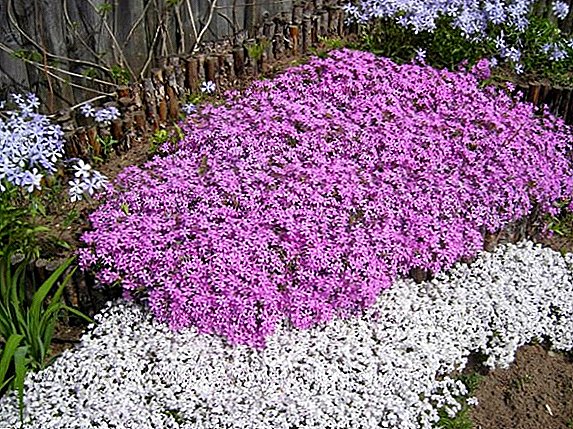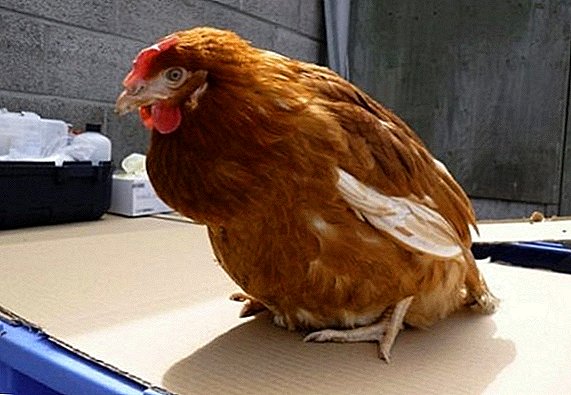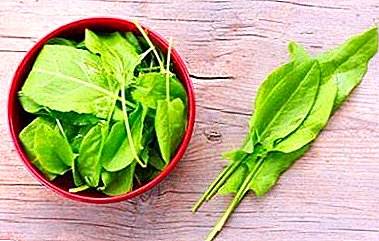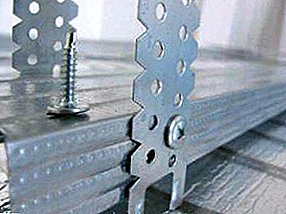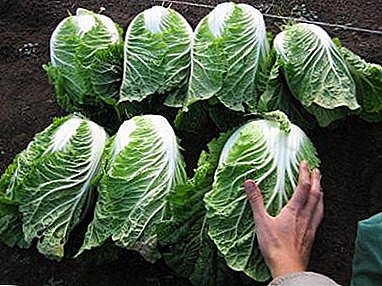
Beijing cabbage or Chinese cabbage is gaining more and more popularity and is increasingly becoming part of our diet. Fresh peking leaves are added to salads and snacks for a rich taste of greens and brightness of the dish.
To make the salad tasty and crispy, you need to choose the right head in the store. For this you need to remember a few highlights.
This article describes in detail how to choose the Peking cabbage correctly so that the dishes from it are tasty and the cabbage remains crispy. And also you can familiarize yourself with the video, which clearly shows which vegetables to avoid and which ones to pay attention to.
Why is it important to make the right choice?
Even if you have little time, and it was necessary to cook it an hour ago, do not be lazy, take a couple of minutes to choose fresh Peking (Chinese) cabbage.
Stale, sluggish leaves can not only spoil your dish, making it tasteless, but also cause serious harm to health.
What should a healthy vegetable look like?
- A healthy cabbage of cabbage has a rich color from white to dark green, depending on the growth stage of the vegetable when it was picked.
- Leaves should be strong and resilient. If the cabbage is too old, then its leaves gradually turn yellow, the head is no longer as juicy and tasty as a few days ago. You can use it, but it is better to give your choice to a fresher head.
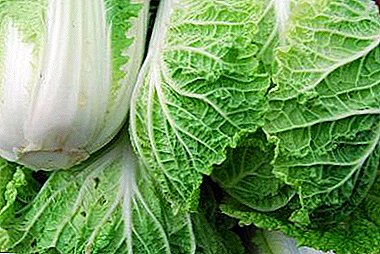 The most succulent peking leaves have an almost white color. Do not worry - it does not mean that the vegetable is not ripe, it can be eaten, and its leaves will be nice to crunch.
The most succulent peking leaves have an almost white color. Do not worry - it does not mean that the vegetable is not ripe, it can be eaten, and its leaves will be nice to crunch.- On a healthy head, there should be no brown spots indicating the beginning of rotting and the fact that the cabbage is spoiled and not suitable for eating.
- There should be no damage on the head of the cab, because bacteria are immediately accumulated in these places, which can harm your health.
What to look for when buying?
- If you have a choice, you should prefer to head out without any packaging - film or package, so you can look at the cabbage from all sides.
- Take the cabbage in your hands and squeeze a little - it should not be soft or loose. Elastic and fresh fleshy leaves will be pleasant to the touch.
- Carefully inspect the heading. Leaves on it should not be damaged (scratched) or cut off, it can lead to the accumulation of bacteria at the site of damage.
- If you notice rot on the leaves, you should immediately reject this head - rot can harm your body more than you think, and also spoil the taste of the dish.
- Then inspect the leaves - they should not be withered and yellowed, all the taste and juiciness left such leaves.
- Carefully ensure that there are no water droplets on the head of the cabbage - this means that the producers artificially prolong the life of the vegetable, creating the illusion of freshness, although in fact the leaves have already lost their juiciness.
- Carefully smell the Peking cabbage, the vegetable itself does not have a pronounced smell, so any foreign chemical smell means that the producers used growth stimulants.
- Pay attention to the saturation of the color of the Peking Pick, there are several types of cabbage in the shops, and they are all different shades - from yellow-green to dark green, but they are all fresh if the color is saturated.
Consequences of wrong choice
If you eat this salad in food, you can earn a strong poisoning.
 Symptoms of such poisoning may include:
Symptoms of such poisoning may include:
- stomach upset;
- nausea;
- abdominal pain;
- general weakness.
In some cases it is possible:
- temperature rise;
- tachycardia;
- lowering blood pressure.
To avoid the above effects, you must be very careful when choosing a product in the store.
Conclusion
Peking leaves are perfect for a variety of salads, snacks and sandwiches, however it is important to choose fresh vegetables in the store. Fresh cabbage has a rich taste and contains a large amount of vitamins.such necessary in the winter season.


 The most succulent peking leaves have an almost white color. Do not worry - it does not mean that the vegetable is not ripe, it can be eaten, and its leaves will be nice to crunch.
The most succulent peking leaves have an almost white color. Do not worry - it does not mean that the vegetable is not ripe, it can be eaten, and its leaves will be nice to crunch.